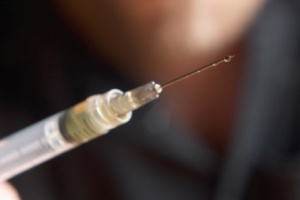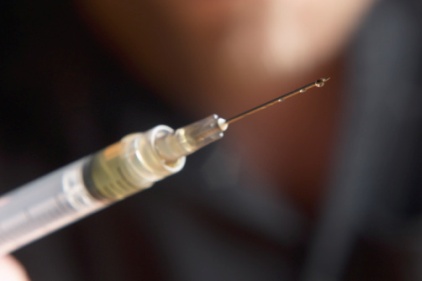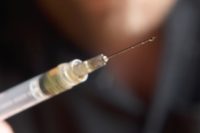 The Needlestick Safety and Prevention Act (NSPA) signed into law in 2000 was followed by a 38% drop in sharps injuries among hospital employees, according to a new study reported on in the New England Journal of Medicine.
The Needlestick Safety and Prevention Act (NSPA) signed into law in 2000 was followed by a 38% drop in sharps injuries among hospital employees, according to a new study reported on in the New England Journal of Medicine.
The NSPA required employers to provide safety-engineered devices to employees who are at risk for exposure to bloodborne pathogens, to include frontline workers in selecting these devices, to review exposure-control plans at least annually to ensure that they reflect advances in sharps-safety technology, and to maintain sharps-injury logs that specify required details about the injury. It also mandated that OSHA revise the Bloodborne Pathogens Standard in 2001, incorporating these requirements.2
Researchers used data from 1995-2005 obtained from a multihospital sharps-injury database maintained by the International Healthcare Worker Safety Center at the University of Virginia. The time period selected which included 23,908 injuries that occurred in 85 hospitals in 10 states.
Once NSPA went into effect, there was a 38% decrease in reported needlestick injuries.Subsequent injury rates, through 2005, remained well below pre-NSPA rates.
The study's authors noted that OSHA's Bloodborne Pathogens Standard, which required safer practices, had been in effect since 1991, and the early adoption of safety-engineered sharp devices also occurred before the passage of the NSPA.
"However, the significant decrease in these rates did not occur until the year after its passage, suggesting that this particular legislation had an independent effect. This reduction in percutaneous injuries was concomitant with a steep market shift from conventional to safety-engineered devices and an increase in the number of OSHA citations for violation of the revised standard for handling bloodborne pathogens — two factors directly linked to the legislation."
Since percutaneous injuries are the most frequent route of transmission in occupationally acquired infections due to bloodborne pathogens, the researchers expect a proportional decrease in occupational morbidity and mortality from these pathogens. Therre is currently no national postexposure surveillance data to confirm this assumption.
"Our findings provide evidence that the NSPA contributed to the decline in percutaneous injuries among U.S. hospital workers. They also support the concept that well-crafted legislation bolstered by effective enforcement can be a motivating factor in the transition to injury-control practices and technologies, resulting in a safer work environment and workforce."
The study was conducted by Elayne K. Phillips, B.S.N., Ph.D.; Mark R. Conaway, Ph.D.; Janine C. Jagger, M.P.H., Ph.D. of the University of Virginia, Charlottesville, VA.
Study results are online at: www.nejm.org/doi/full/10.1056/NEJMc1110979
Study: Needlestick safety act dramatically decreased sharps injuries


